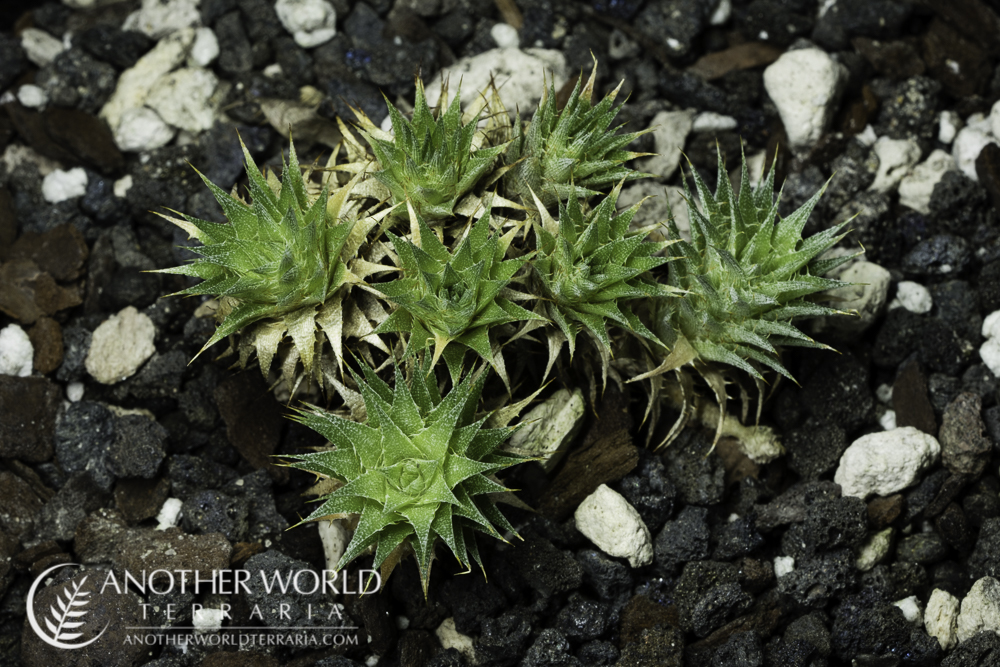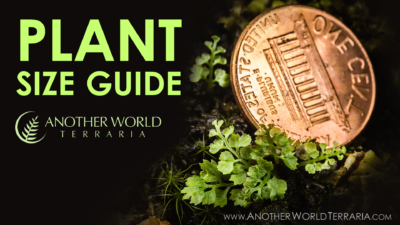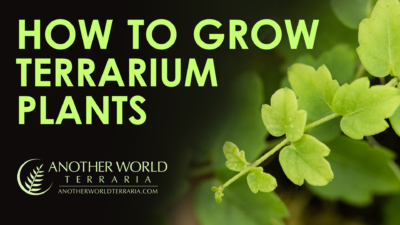Genus
Deuterocohnia See All Search SiteSpecies
brevifoliaTaxon Family
BromeliaceaeOrigin of Taxon
Argentina; BoliviaGrowth Habit
Clumping, Mounding, GroundcoverImages
This Tillandsia species comes from xeric habitats in Argentina and Bolivia, where it forms mounding carpets in rocky areas and cliffs.
The prickly leaves are very stiff and spinose, somewhat like cacti.
Although the individual rosettes are mini-miniature in size, the overall colony can mound quite a bit in height and be very expansive in width, therefore it has been categorized as “small” instead of “mini-miniature.” Old specimens can reach a size that would no longer be considered small or miniature, but that will take quite some time.
Use a very well-draining substrate for this plant, and let it dry out a bit before watering again. I lightly mist the plant and substrate about one to two times a week.
The substrate I’m currently using contains:
- Black lava rock (1/4″)
- Pumice (1/4″)
- Pinus Radiata bark (1/4″)
- Perlite (Small/Medium grade)
- Fluval stratum
I have the pot sitting inside a small deli cup lined with 1/2″ of lava rock and 1/4″ of water in that. This increases the humidity. I keep a plastic bag loosely tented over the plant and pot to raise humidity, but let it ventilate a little bit to prevent mold and rot.
Despite the plant preferring to dry out between waterings, it seems to do better with a good amount of humidity in the air. That said, you can grow it in open air as a houseplant, but the leaf tips may brown.
This plant probably does best with bright light, given the conditions it grows in in the wild.
Where to Buy
References
- GBIF search for "Deuterocohnia brevifolia"
- Kew Plants of the World search for "Deuterocohnia brevifolia"
- WikiSpecies search for "Deuterocohnia brevifolia"






